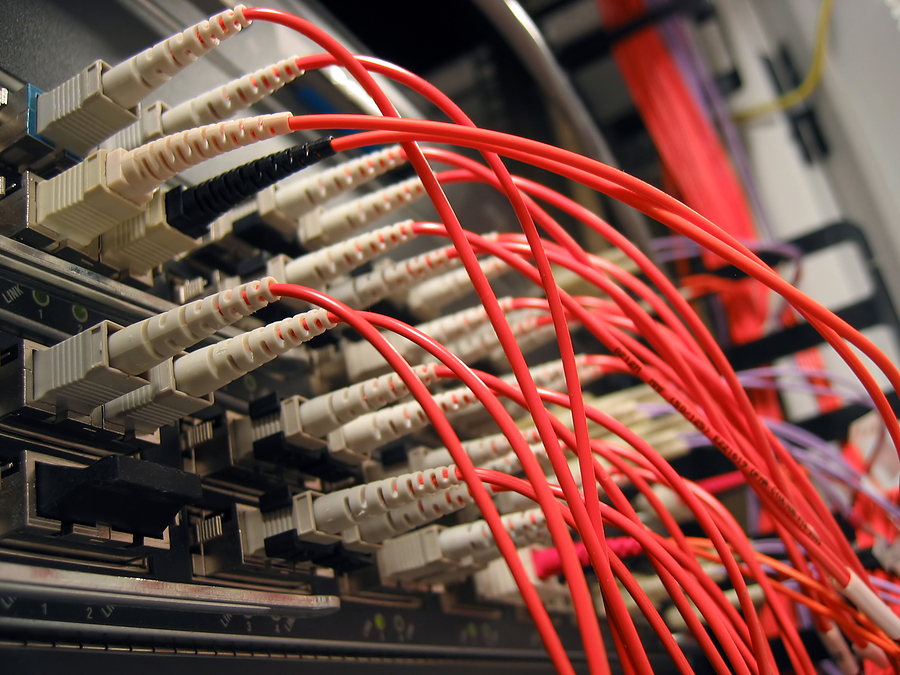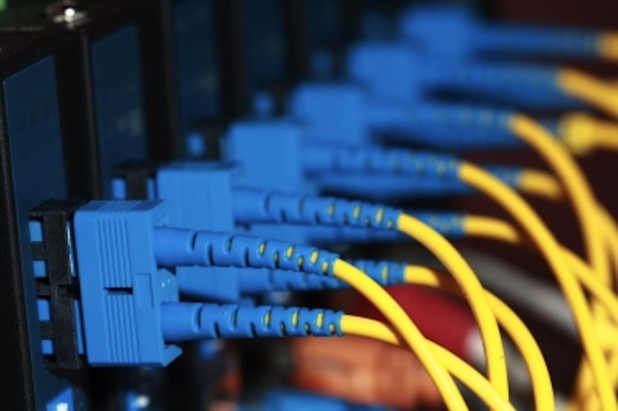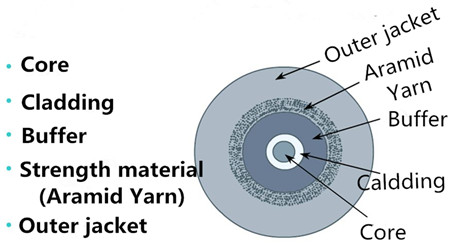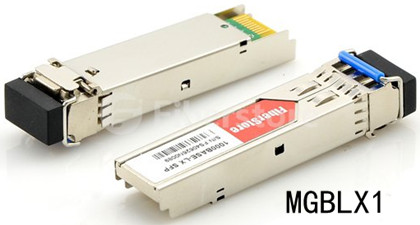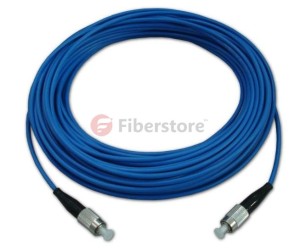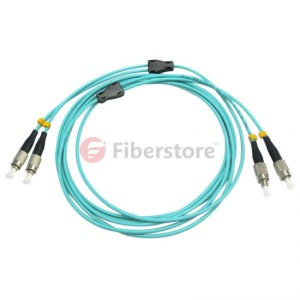As a perfect choice for today’s telecommunication which requires a larger bandwidth, fiber optic cables have been widely put into use and get more popularity. However, when optical cables are increasingly used in different applications with diverse environments, for example, from indoor to tough environments, new and demanding requirements also have been put forward for them. Before deployment, several considerations may occur. For instance, can they resist the erosion of oil or chemicals? Can they still work normally in changeable weather? Do they have rodent-resistant ability? The answer of all the questions is yes. Today’s fiber optic cables possess various abilities to meet different requirements. Here is a brief introduction several ruggedized fiber optic cables that can work in different harsh environments, providing more conveniences and extra protection for network systems.
Armored fiber optic cable is one of the most commonly used cables to offer protection for fibers. Generally, armored fiber optic cable contains a helical stainless steel tap over a buffered fiber surrounded by a layer of aramid and stainless steel mesh with an outer jacket. With this unique construction, it can withstand the toughest environments—high temperatures, high pressures, and harsh vibrations as well as animals rodent and moisture. In a word, with the protection of flexible and durable steel tube, armored fiber patch cable will ensure the excellent operation of networks.
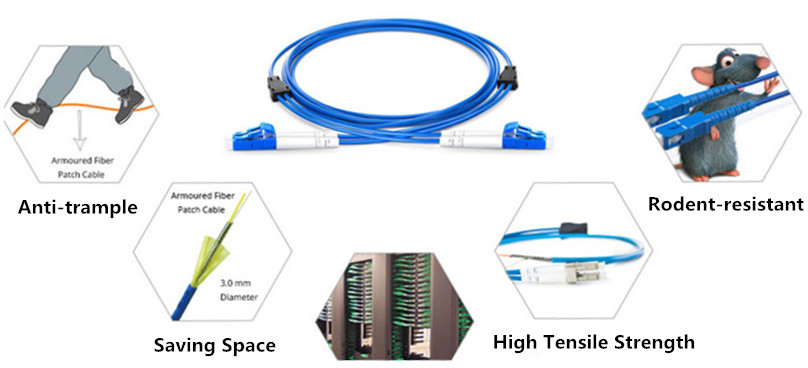
IP67 waterproof fiber optic cable is another kind of ruggedized cables used for outdoor applications. They are with strong PU jacket and stainless steel armor inside for future protection. “IP” in this term is a type of protection rating defined by International Standard IEC 60529. The number “6” and “7” mean this kind of cable possesses a good ability to resist dust and water. According to the connector types, the IP67 waterproof fiber optic cables have several types including IP67 MTP/MPO fiber cables, IP67 LC waterproof fiber cable and so on. IP67 waterproof fiber optic cables will not get damage even stepped, and are anti-rodents and suitable for use in harsh environment like communication towers and CATV (Community Antenna Television), providing protection for your networks. Here is a picture of IP67 LC component details.
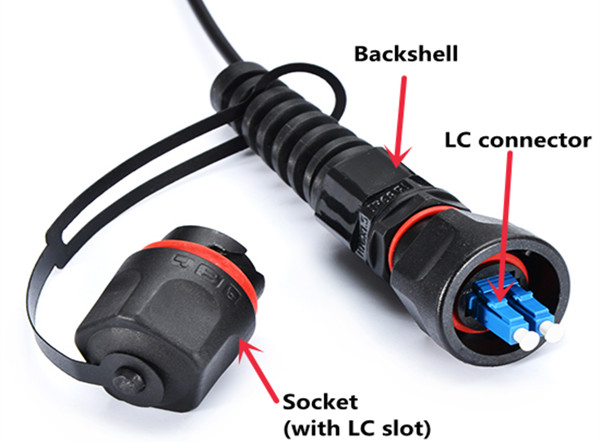
With the rapid development of optical communication around the world, more and more fiber optic cables are increasingly used in different environments. Under harsh conditions, the ruggedness and durability of common fiber optic cables cannot meet operators’ requirements, especially for exceptional demanding applications. This post mainly introduces three types of ruggedized fiber optic cable. All the cables mentioned above are available in FS.com. If you have any problems about them, please contact us via sales@fs.com.

